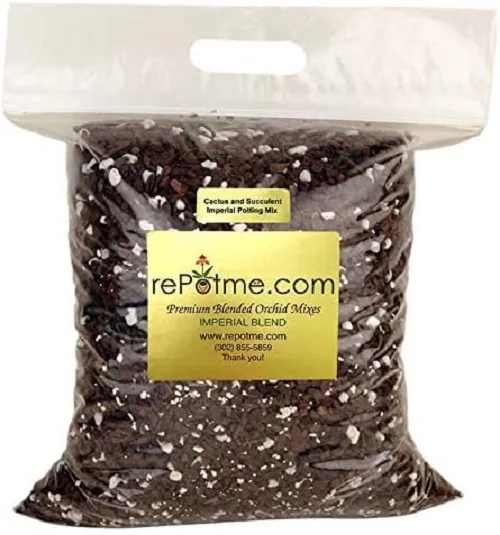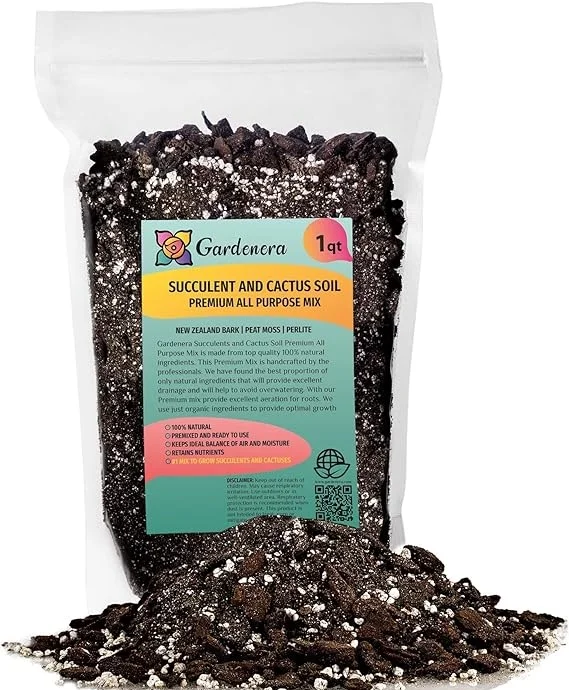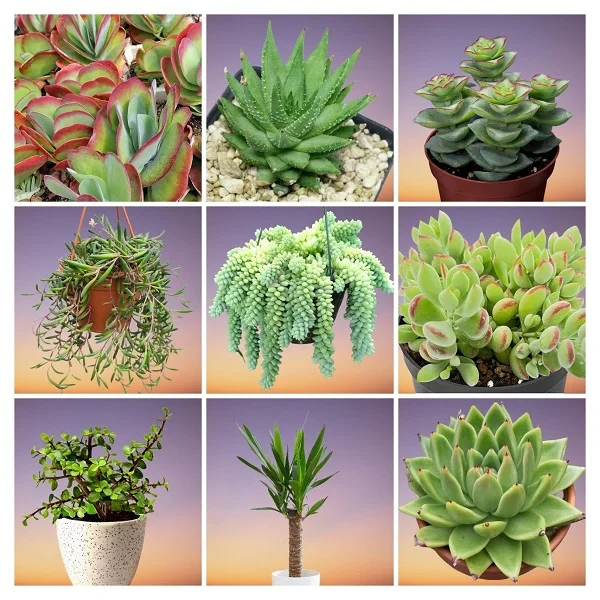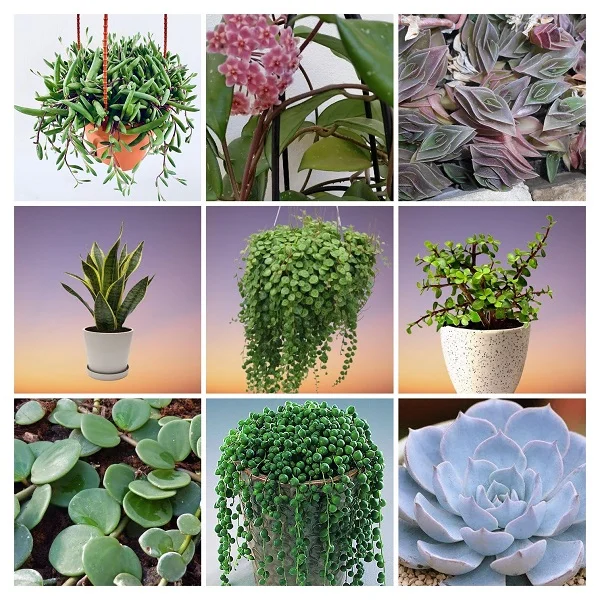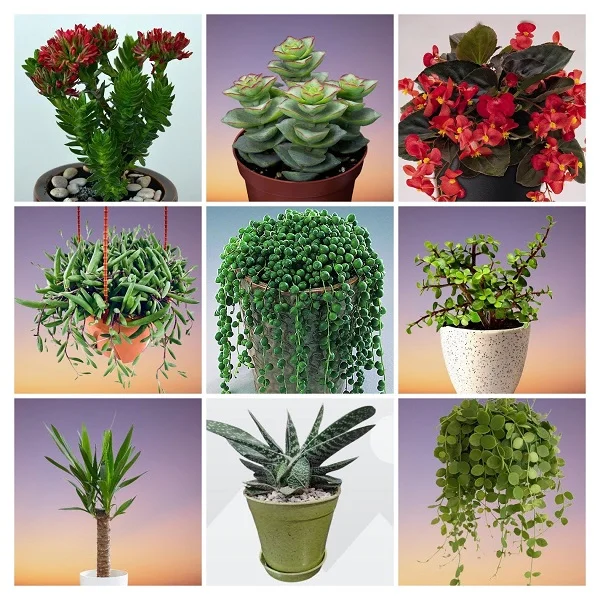How to Care for Aeoniums Indoors (Tree Houseleeks Indoor Care & Propagation)
Some links in this post may be affiliate links
Aeoniums flourish in bright light with some direct sunlight, average warmth and moderately moist, fertile soil coupled with monthly feeding in the growing season.
Aeonium Plants commonly called Tree Houseleeks bear succulent, glossy, spoon-shaped leaves which are typically arranged on a basal stem in a dense spreading rosette.
Aeoniums are monocarpic plants which means they flower only once after which they die. However, they leave behind many offsets or offshoots from which they can be reproduced.
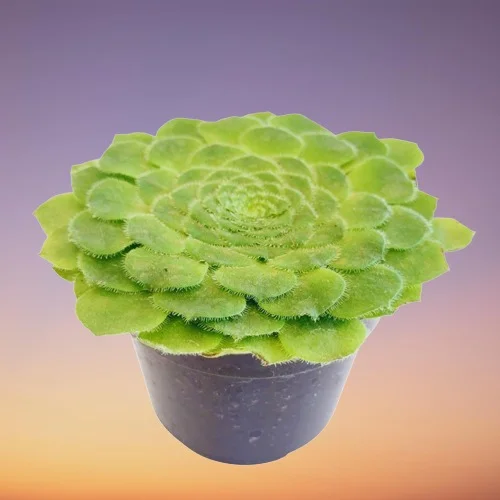
Aeonium tabuliforme
Botanical name: Aeonium
Family: Crassulaceae
Subfamily: Sempervivoideae
Common name: Tree Houseleeks
Origin
Aeonium is a genus of about 35 species of flowering plants which are mainly native to the Mediterranean climate in Canary Islands while some are found in Madeira, Cape Verde, Morocco, in East Africa (Ethiopia, Somalia, Uganda, Tanzania and Kenya) and Yemen.
The Genus name, 'Aeonium', is from the ancient Greek αἰώνιος / aiōnios, which means ageless, in reference to their ability to live 'forever' through the offsets.
Flower
Aeoniums are slow growers which may take up to 5 years to flower. Once they flower, they die back, leaving behind offshoots from which they are propagated.
The flowers in Aeonium Plants are small bunches of white, cream or pink flowers which arise from the center of the rosettes from late winter to spring.
Characteristics
Tree Houseleeks can be propagated from stem cuttings which easily develop roots at the point at which they come into contact with soil.
Infact, when the Aeoniums stems bend or fall over and snap off due to the weight of the rosettes, they produce roots at the point where they touch the soil. They also tend to produce roots along the stems when the plant is pot-bound.
These plants have a small root system as they store water in their succulent leaves. Due to these attributes, Aeoniums are highly susceptible to root-rot if grown in soggy soil.
Aeoniums like a Mediterranean climate, not too hot, not too cold, not too dry. In hot and dry conditions which occur in very hot summers, the plants may go dormant.
In conditions of extreme heat, the Aeoniums leaves curl to prevent excessive moisture loss. Their best growing conditions are in moist shade. The best growth season for Aeoniums is late winter to spring.
Aeonium Plants can be grown as ornamental indoor plants or outdoors in a sunny place like in a rock garden along with other succulent plants in warm climates or as container-grown plants in areas with harsh winters as they are not cold hardy.
Aeonium Varieties
There are many varieties of Aeoniums available for home growing. They can be low-growing plants like Aeonium tabuliforme which is about 2 inches high and about 1.5 feet wide or can be large trees like Aeonium arboreum which can grow to a height of 6-8 feet.
Related Plants
Aeoniums are closely related to Sempervivum which form mats of tufted, rounded leaves with pointed tips in rosettes and Echeveria which form a rosette of short, beautiful, tightly packed leaves on short stems and are covered with a white bloom, short hairs or a waxy coating.
Are Aeoniums toxic?
As indicated by Gardeners World Magazine, no toxic effects have been reported on Aeoniums (Tree Houseleeks). Tree Houseleeks are considered non-toxic to cats, dogs and other pests. They are safe to grow in the home.
Where to Buy
If you would like to add Aeoniums to your collection, you may purchase them online from Etsy (Link to Etsy).
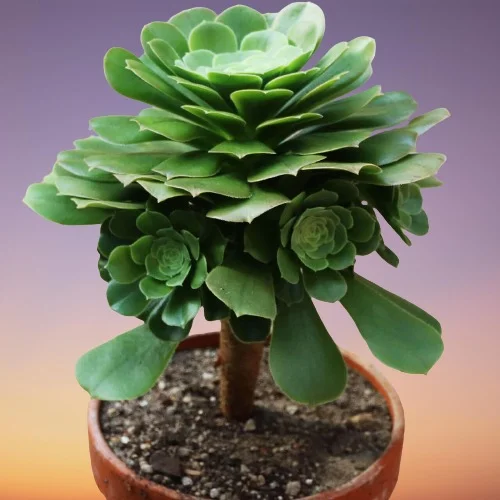
Aeonium arboreum
How do you care for Aeoniums indoors?
To care for Aeoniums indoors, provide bright light with at least 4-6 hours of direct sunlight, average warmth of 18-240C, humidity of 50-55% and moderately moist, fertile, loose, well-draining potting soil coupled with monthly feeding during the growing season.
Tree Houseleeks require pruning to keep the plant neat and to control the size. Repotting is needed every 2-3 years for lush growth. Keep reading for more on these growing conditions and how to achieve them.
Watering
How often should I water Aeonium?
Water your Aeonium thoroughly in the growing season (late winter to spring) while allowing the top 2-3 inches of soil to dry out between waterings to maintain the soil moderately moist. Take care not to overwater to prevent yellowing, rotting and loss of the plant.
Cut down on watering in summer to early winter as they are dormant at this time. Keep the soil barely moist as growth is minimal at this time.
Avoiding wetting the center of the rosette of leaves as it can lead to rotting. Water from the bottom instead.
Use chlorine-free water that is at room temperature for watering to avoid cold shock which can result in reduced growth.
Ascertain that the pot has a drainage hole to prevent the soil from getting soggy to prevent rotting and death of the plant.
If growing these plants outdoors, note that Aeoniums will grow best from late winter to spring. They are dormant in summer, therefore, minimize watering at this time.
Light Requirements
Do Aeoniums like sun or shade?
Aeoniums grow best in bright light with morning or late evening sunlight of at least 4-6 hours. Keep the away from hot midday sunshine to prevent scorching.
If the light is too low, Aeoniums will become leggy, growing with thin, elongated stems. If the natural light is inadequate, you may use a grow light to supplement it.
Regularly rotate the pot so that the plant can grow evenly with well distributed stems and an upright position.
Tree Houseleeks can be grown outdoors in a sunny location in warm climates. However, avoid exposing the Aeoniums to too hot direct sunlight as they can get sun scorched. The dark-leaved varieties tolerate full sun better than the green and variegated types.
Temperature and Humidity
Average warmth between 18-240C during the growing season is the best temperature for Aeoniums. Keep the plant away from cold drafts as they can cause stunted growth.
In frost prone climates, bring inside the container-grown Aeoniums growing outside as soon as the temperatures begin to dip, as these plants are not cold hardy.
Aeoniums have no need for extra humidity. Moderate humidity of 50-55% is adequate for this plants. Ensure that there is good air circulation for the plant to prevent fungal diseases like leaf spot.
Feeding
Feed your Aeoniums every 3-4 weeks during the growing season with a balanced, water-soluble fertilizer to promote growth. Stop feeding during the dormancy stage to avoid fertilizer burn as growth is minimal at this time.
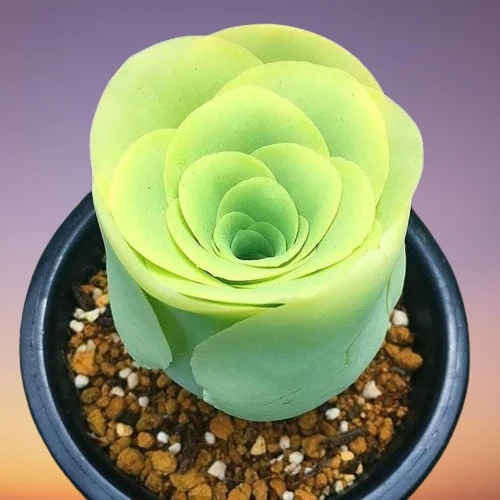
Aeonium diplocyclum
Potting Medium
The best potting mix for Tree Houseleeks is sandy loam soil which is rich in organic matter. Cactus and Succulents soil is not good for Aeoniums as they require slightly more moisture than other succulents. A potting mix comprising of 1/3 ordinary potting soil and 2/3 of cactus and succulents potting mix is ideal as it holds adequate moisture while draining easily.
Repotting
Tree Houseleeks have a small root system so frequent repotting is not necessary. Repot every 2-3 years at the beginning of the growing season when they become pot-bound.
Use a pot 1 size larger than the current one and ensure that it has a drainage hole to prevent the soil from getting soggy to avoid rotting.
Use a shallow, heavy pot to prevent the plant from toppling over as they can become top-heavy. Go for a clay pot as it is more porous which allows the soil to dry out faster, therefore, prevents root-rot.
If you do not wish to repot the plant, replenish the soil whenever it becomes compacted to promote a lush growth.
Pruning
Pruning Aeoniums involves removal of dead and diseased leaves to keep the plant neat as well as reduce pests and disease infestations.
Cutback the leggy, overgrown and unruly stems and branches to control growth and reduce the plant to a manageable size. New shoots will sprout at a point below the cut. You may use the stems to propagate new plants.
Tree Houseleek Propagation
How to propagate Tree Houseleeks?
Tree Houseleeks are propagated from stem cuttings at the beginning of the growing season (spring) when in the active growth phase.
Popagating Tree Houseleeks from stem cuttings
- With a sharp, clean knife or pair of scissors cut off about 3-4 inches of a young stem with a leaf rosette from a mature Aeonium Plant.
- Allow the stem cutting to dry (callus) in a dry, warm, shaded place for 1-5 days before potting to prevent rotting.
- Select a small pot and ensure that the pot has adequate drainage to prevent rotting.
- Fill the pot with well-draining, loam sandy soil and moisten it lightly.
- After callousing, insert 2-3 inches of the stem cutting in the moist soil.
- Place the set up in a warm, brightly lit place away from direct sunlight to avoid scorching the leaves.
- Maintain the soil slightly moist by watering it only when it is dry to avoid rotting until the new plant is well established afterwhich you can begin routine care.
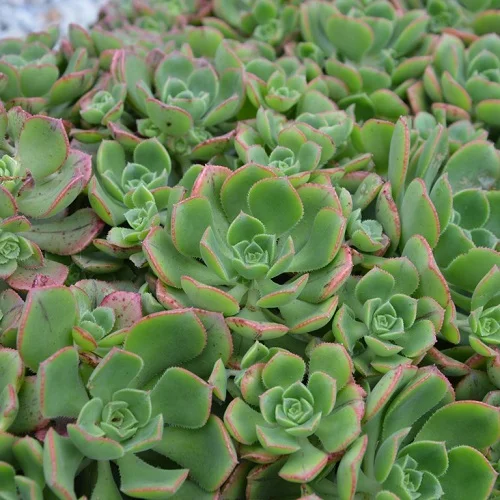
Aeonium haworthii
Aeoniums Problems & Remedies
Aeoniums (Tree Houseleeks) problems include leaf loss (drop), loss of leaf color, branches die back, pests among others. Keep reading for more on these problems and how to fix them.
Leaf loss (drop)
Leaf loss or drop on Aeonium is due to age, inconsistent watering, soggy soil or root-rot.
How to fix it
Age: This is a natural process whereby, as the plant matures, it sheds the older leaves leaving a rosette of leaves at the top of the branches.
Inconsistent watering: Water when the top 2-3 inches of soil feel dry to the touch. Do not water on a schedule.
Soggy soil: Use a pot with a drainage hole and loose, well-draining soil.
Root-rot: Soggy soil will result in root-rot. When the roots begin to rot, the plant cannot take up water to the leaves. The leaves begins to drop leaves as it proceeds to death.
How to fix it
- Slip the plant out of its pot, wash off the soil and inspect the roots.
- Brown-black, mushy roots indicate root-rot; cut them away. In addition, cut away any stems showing any signs of rot.
- Disinfect the remaining roots and the entire plant with a copper-based fungicidal solution. Ensure that the entire plant is well covered with the fungicidal solution.
- Disinfect the pot with the fungicidal solution or use a fresh pot and repot the plant in fresh potting soil.
- Water the plant with the fungicidal solution and place it in a warm, brightly-lit spot. Do not water the plant again until new growth appears and avoid overwatering and soggy soil thereafter.
Loss of leaf color
Loss of leaf color in Aeonium Plant is due to too little light. Too little light will cause the leaves to loss their vibrant colors.
How to fix it
- Move the plant to a brighter spot where it will receive bright light with 4-6 hours of morning sunshine.
- Instal a grow light where natural light is not sufficient.
Branches die back
After flowering, the Aeonium Plant branch on which the inflorescence was borne begins to die back but will produce numerous offshoots. This is a natural phenomenon in these plants.
How to fix it
- Cut away the dying branch to create room for new shoots to grow as well as keep the the plant neat and minimize pest and disease infestations.
Pests
Common pests on Aeoniums are mealybugs, scale insects, aphids and spider mites which are prevalent in too dry conditions.
How to fix it
- Isolate the affected plant to reduce spread to other plants.
- Treat the affected plant with appropriate products like insecticidal soap as recommended by the manufacturer.
You liked it? Share on social media.
Related Content
Amazon Associates Disclosure
Homeplantsguide.com is a participant in the Amazon Services LLC Associates Program, an affiliate advertising program designed to provide a means for sites to earn advertising fees by advertising and linking to amazon.com.
